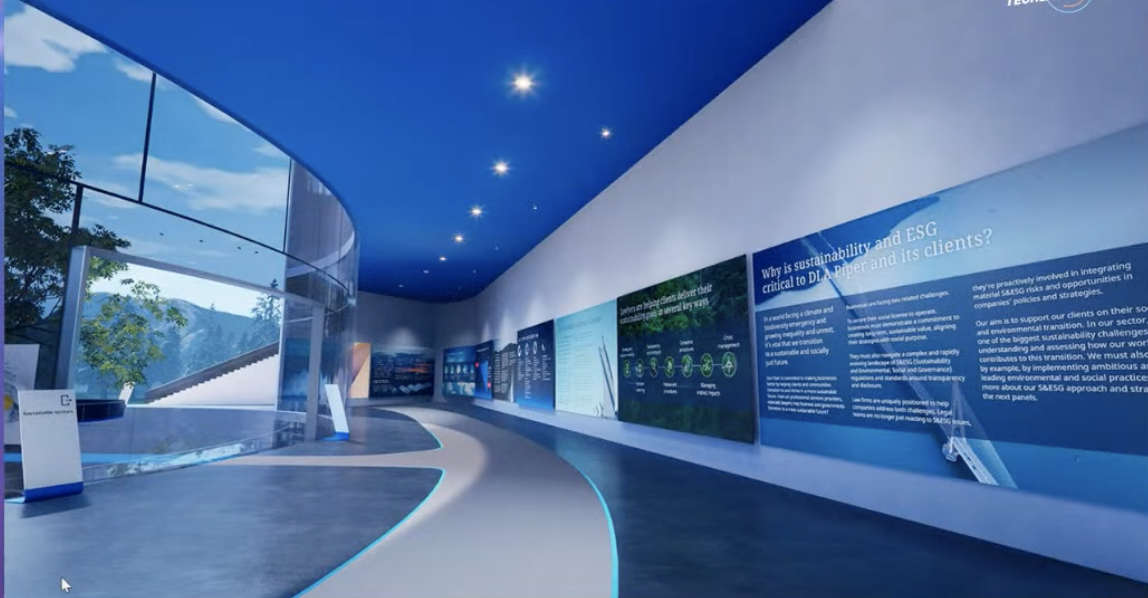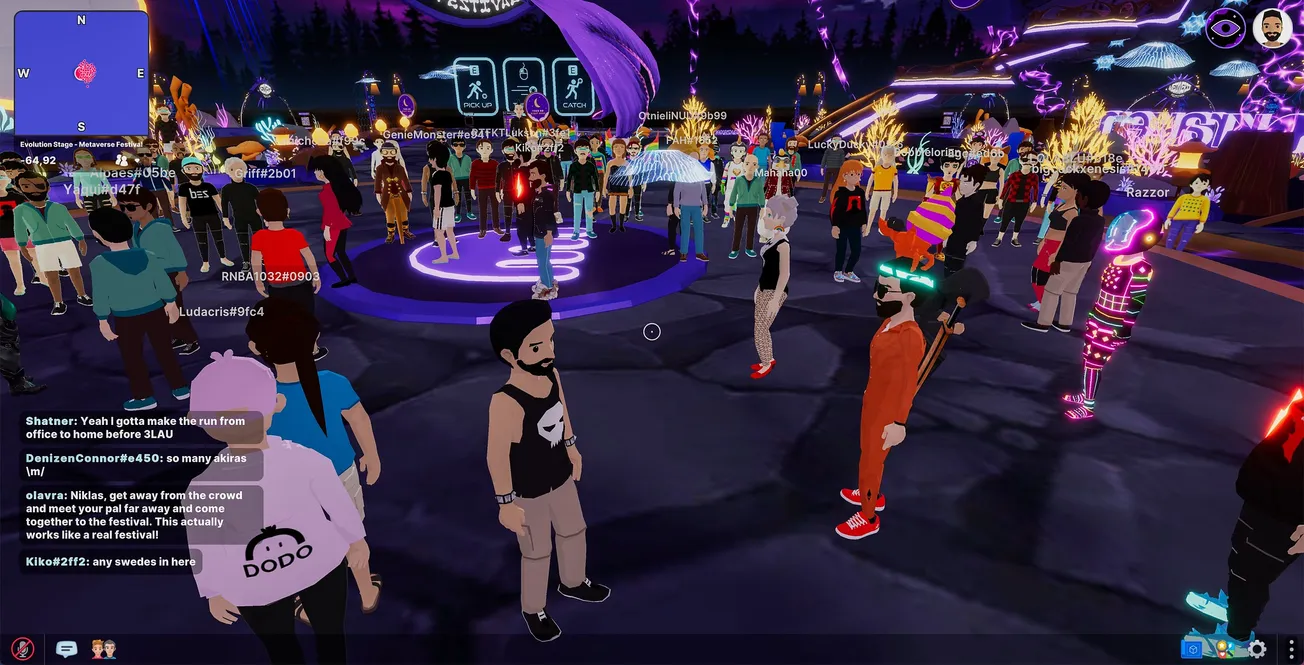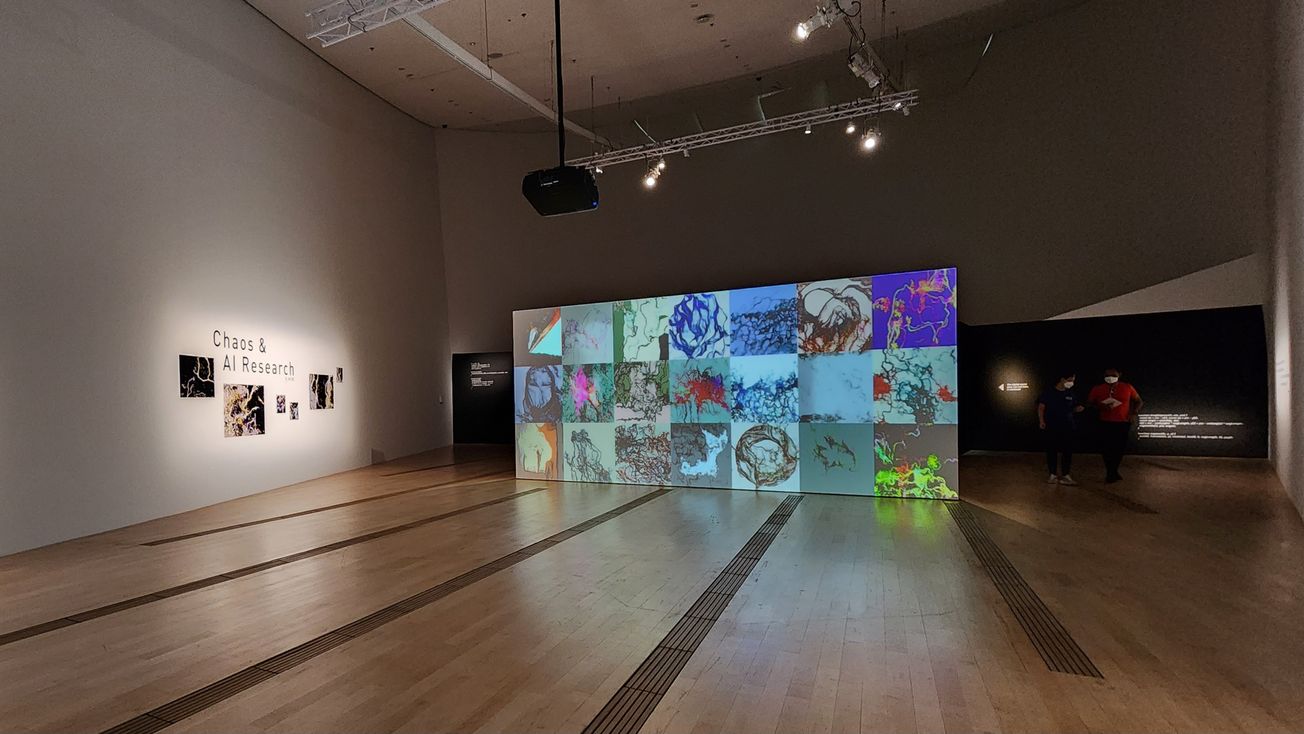Table of Contents
Many people have dismissed the metaverse as a fad and even made fun of it. Despite all the quips, there is a demand and the development and enhancement of accessible, consumer, virtual and extended reality technologies is taking place as we speak.
“The metaverse is a fad, the same way that Facebook was,” said Will Hambling, director of Enter Agora, a company that creates virtual environments for companies to engage with their workforce and clients.
But a fad can very well turn into a behemoth; all it takes is a bunch of people that believe in it enough to make it happen.
On 22 July, we attended Singapore’s TechLaw.Fest, where panelists discussed the ways the metaverse enhances collaboration, the future of events and what it means to be walking the talk when dealing with ESG.
“The thing about digital transformation that people often conflate is that it is entirely about the technology. It isn’t. It really is about people and how they use it,” Hambling said.
One of the industries leading the foray into this frontier are law firms. We’ve seen an early wave of law firms begin to buy property and set up offices in the metaverse on platforms like Decentraland. Arent Fox was one of the first big law firms to offers its services in the metaverse in early 2022, and Grungo Colarulo launched an office in a virtual world in late December 2021.
Jim Holding, MD of Aldersgate Holding Company stressed the importance of having an environment that is akin to the one that they operate in.
“People will not want to conduct work in an 8-bit, 90s video game environment. Nor do they want to be on a spaceship.”

An example used was Shift – DLA Piper’s newly launched virtual experience, which allows users to browse their sustainability news, insights and analysis during COP26. With Shift, clients and communities can discover how they can transition to a more sustainable future, and hear from the firm’s sustainability and ESG team on their own sustainability journey.
Much chatter around sustainability has a ton of greenwashing involved. Building virtual environments can be an alternative that actually practices what is preached. This creation, according to Hambling, is the perfect way to tell a story surrounding the ESG agenda because producing graphic panels and flying people to events all take resources and increases our carbon footprint. By building up such an extensive space virtually, it is a step for businesses to take responsibility for the carbon it produces.
The business of networking
For many businesses, travelling and visiting conferences is often a big part of their budget. The problem is that we are also facing a climate crisis. That said, a viable solution is needed to conduct conferences in a responsible manner.
The panelists noted that the metaverse would never replace in-person meetings – but replacing them is not the goal. Creating choice is. It is simply another way to do things, serving as support to building personal connections.
Read more: Is Web3 Just Web2 in Disguise?
Consider global law firm conferences, where an IP lawyer from Frankfurt would likely not run into a tax lawyer from Singapore by chance because of timezones or travelling limitations. Maybe they will meet at some point at the global partners conference, but not as often as they would like to.
With the implementation of virtual environments, people can share business at any time. Additionally, cross-jurisdiction and cross-practice make law firms quite a substantial amount of money. Imagine being able to provide a global conference, regardless of industry, 24/7, without travel?
People often liken virtual environments to a glorified Zoom conference. To that, Hambling responded: “When did you last bump into someone on Zoom? It’s not human.”
The main message surrounding the space is really about changing the way we see virtual environments. It’s not about replacing human interaction, it really is about providing access to one another in a comfortable, engaging way.
“Think of the metaverse as the next interaction of Zoom” suggested Holdings.
Consider how Zoom can still be distracting, how people turn off their cameras and really struggle to connect. In a world that is moving towards hybrid solutions, the future of virtual environments present an opportunity for immersion, lessening distractions and just perhaps, connecting with people a little more.
Changing legacy systems for efficiency
One of the core tenets surrounding the wider blockchain space is often around decentralization, where the process of organization, planning and decision making are distributed or delegated away from a central, authoritative location or group.
There has been discussions on how decentralization can increase technical efficiency by bringing governments closer to the preferences of citizens; promoting government accountability, and even increasing competition between jurisdictions. This will in turn Improve processes and create greater efficiency.
One suggestion to increase efficiency is holding court cases in virtual environments to ease congestion and pressure of court systems. However, the panel agreed that such a change is a huge infrastructural investment, taking a lot of money and time.
Holding expounds on the need for a “trial” (haha get it?) Where courts and ministries test it out in small discreet packages to get a feel of how the metaverse can be applied.
“Changing systems takes time, and it is a large infrastructure project. The most important thing is that it needs to work – it has to be be better”
Read more: Is an Interoperable Metaverse a Pipe Dream?
By giving them a chance to get comfortable with it will eventually give them the confidence to take the next big step. The evolution of technology did not happen overnight. It took years of iteration and incremental changes and is still constantly evolving – we have to have that kind of patience when leaping into this new frontier. In other words, we cannot expect excellence at incubation.
At the end of the day, the metaverse is up to us to shape. It is how we choose to use the tools of the day to enhance our lives. Perhaps we should look at the metaverse as a support system and not a Ready-Player-One, cyberpunk environment where we live, work and play. As long as we maintain a people-focused approach, there is a huge opportunity that the metaverse will turn it from a fad to a new way of working.









